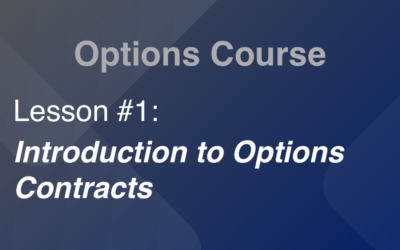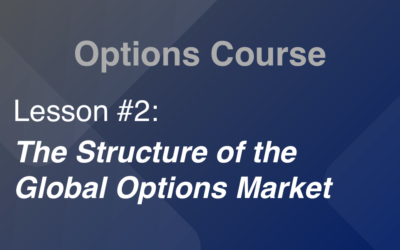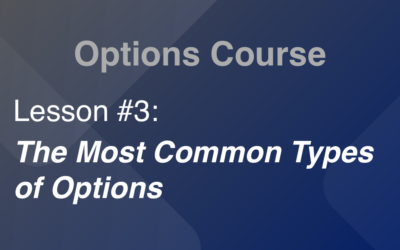What is Options Margin?
Options margin is the cash or securities an investor must deposit in his account as collateral before writing (selling) options. Margin requirements are established by the Federal Reserve Board in Regulation T and varies based on the type of option.
Brokers may have very different margin requirements since they can add to the minimum requirements set by regulators.
Margin Requirements for Writing Put Options
For broad based index put options such as SPX options on the S&P 500 index the margin requirement is calculated as:
Put Price + Maximum ( (15% * Underlying Price – Out of the Money Amount), (10% * Strike Price) )
To make this a but more digestible, let’s look at a couple of concrete examples calculating the options margin:
1. AT THE MONEY OPTION
Writing 1 SPX contract (multiplier of 100) with a strike of 3,000 and the index at 3,000 as well. Assumed option price 25.
A. Put Price = $25.
B. 15% * Underlying Price – Out of the Money Amount = 15% * 3,000 – (3,000 – 3,000) = 450 – 0 = $450.
C. 10% * Strike Price = 10% * 3,000 = $300.
B is larger than C so total margin requirement is A + B = $475.
As the put price is received up front the net margin requirement when position is established is $450.
Given SPX option contracts trade with a multiplier of 100 the actual net options margin requirement for 1 contract is $45,000.
2. OUT OF THE MONEY OPTION
Writing 1 SPX contract (multiplier of 100) with a strike of 2,800 and the index at 3,000. Assumed option price 10.
A. Put Price = $10.
B. 15% * Underlying Price – Out of the Money Amount = 15% * 3,000 – (3,000 – 2,800) = 450 – 200 = $250.
C. 10% * Strike Price = 10% * 2,800 = $280.
C is larger than B so total margin requirement is A + C = $290.
As the put price is received up front the net margin requirement when position is established is $280.
Given SPX option contracts trade with a multiplier of 100 the actual net options margin requirement for 1 contract is $28,000.
What is the Collateral Requirement of Sensa Investments’ Products?
While it is theoretically possible to write option positions with only the minimum level of collateral illustrated above, this is not recommended as the implied leverage is not financially sustainable for an investment product with a longer term investment horizon. While outsized gains are of course possible in the short term, in the longer term you would frequently have to deal with margin calls and in a worst case scenario you could lose your entire collateral.
Consequently, our products have much more conservative margin requirements (and thus lower implied leverage) than what is required by the exchange. These margin requirements are set by our tried and tested investment algorithms in order to:
- Avoid margin calls at all costs (even in periods of significant financial stress)
- Target a low level of volatility of investment returns






0 Comments